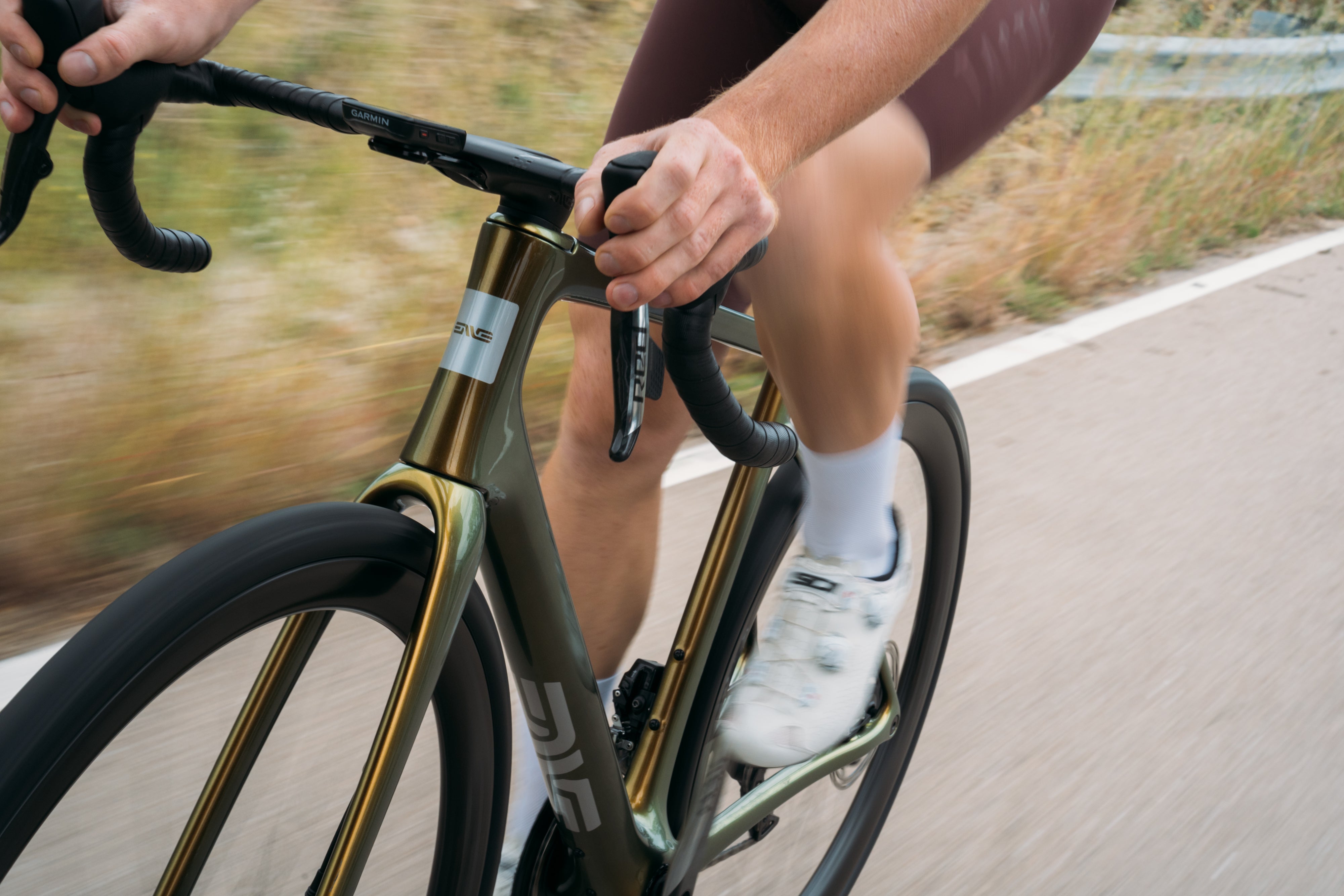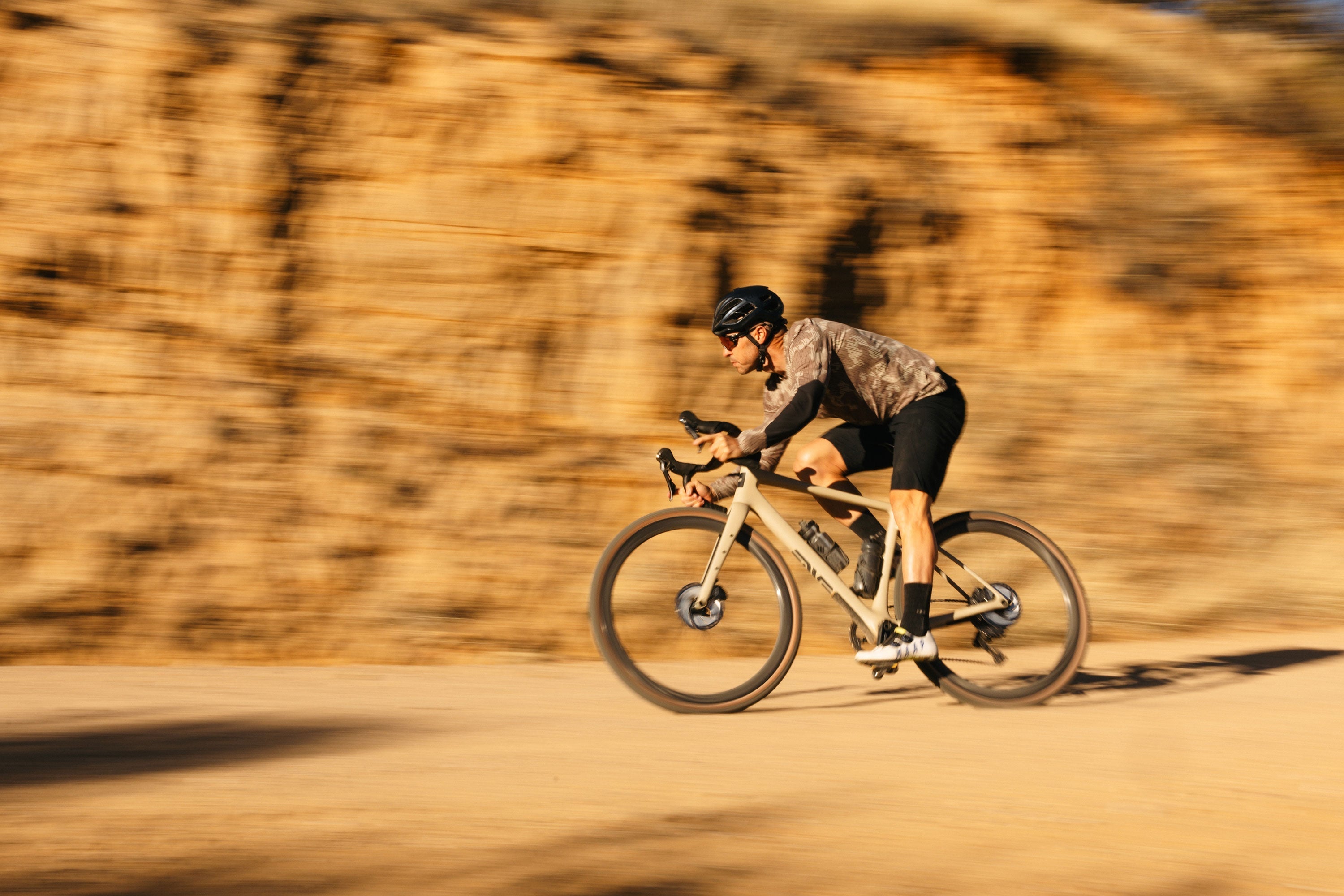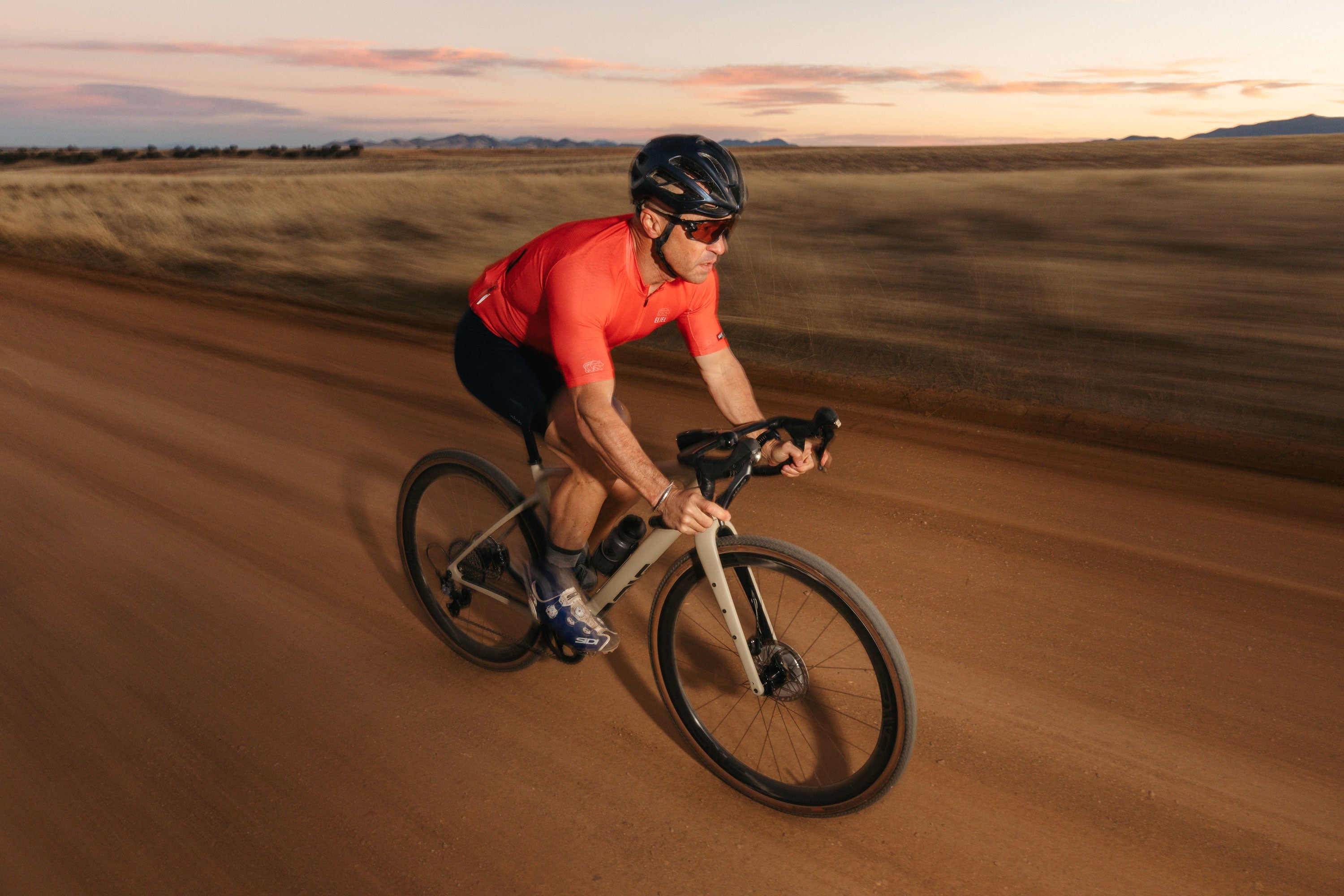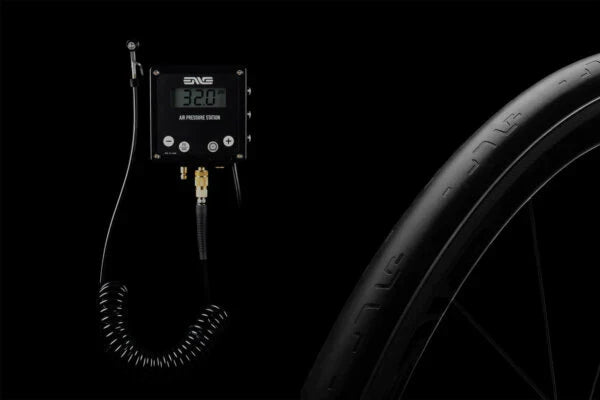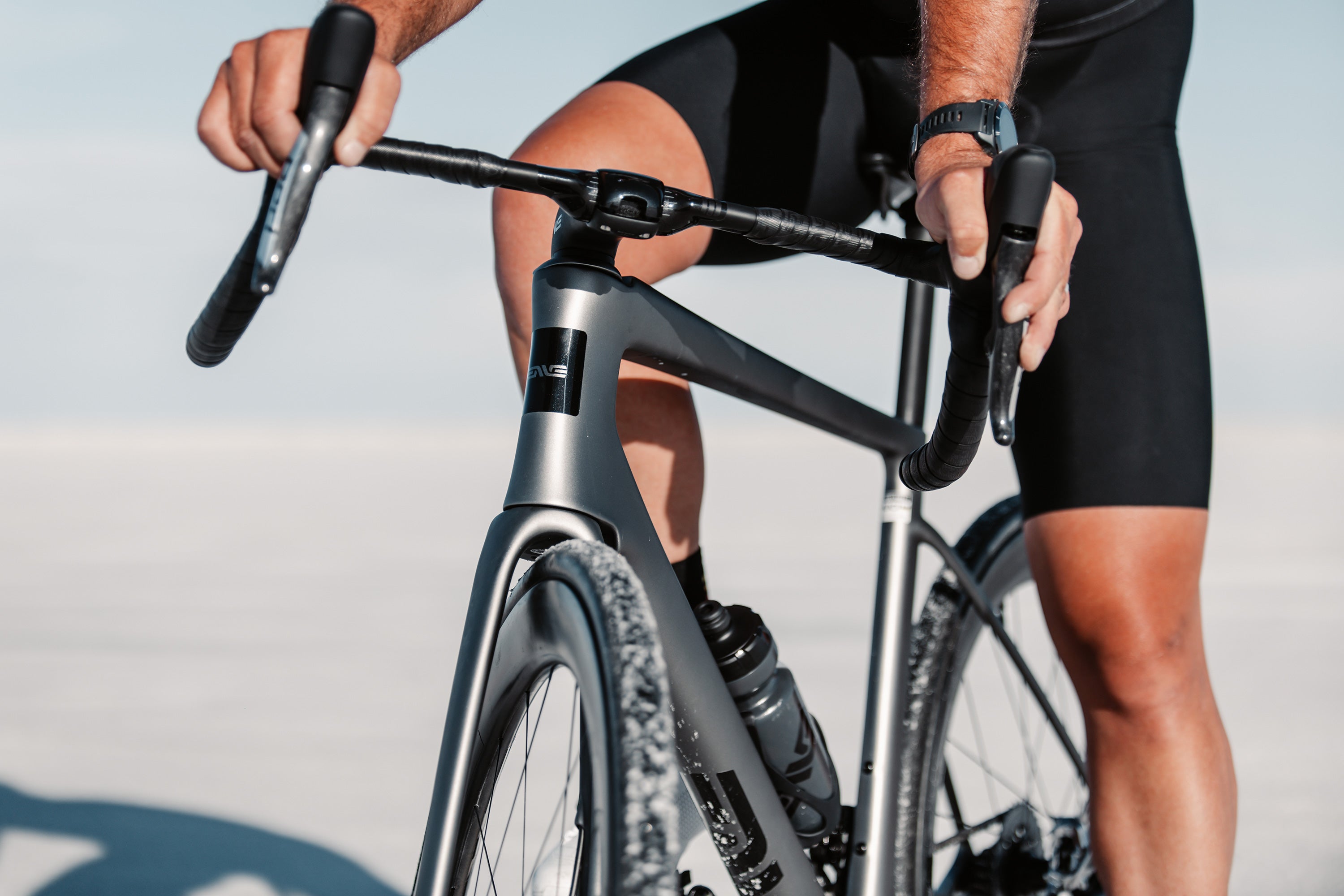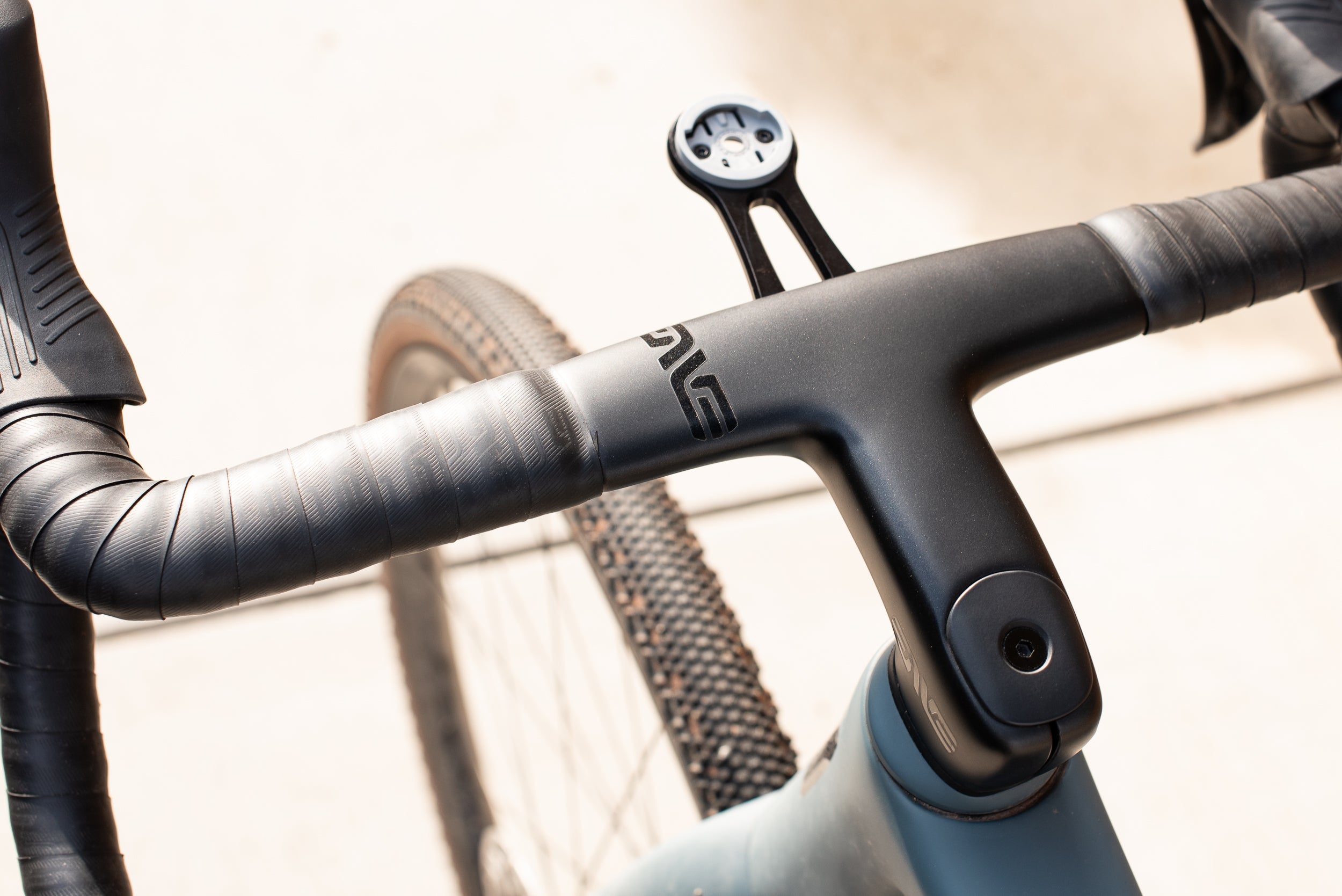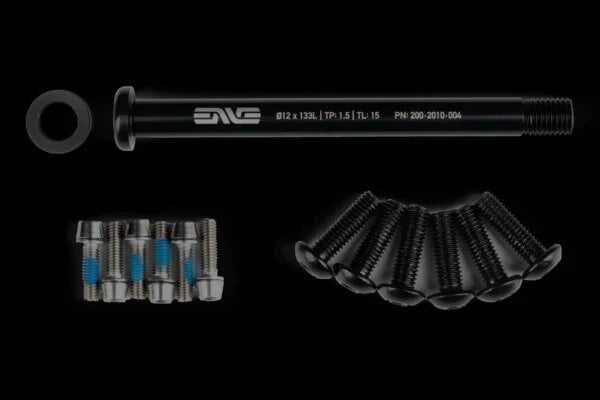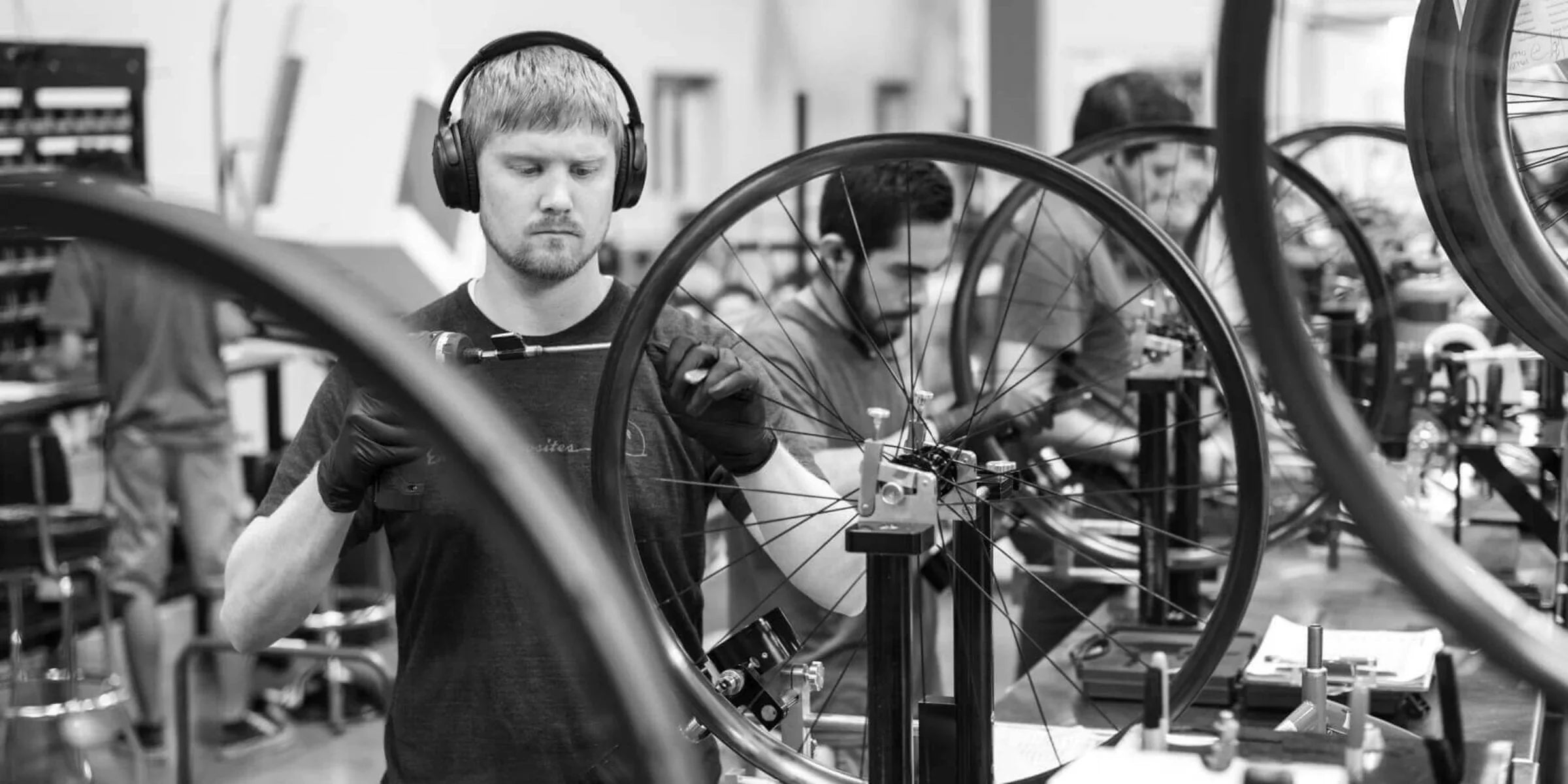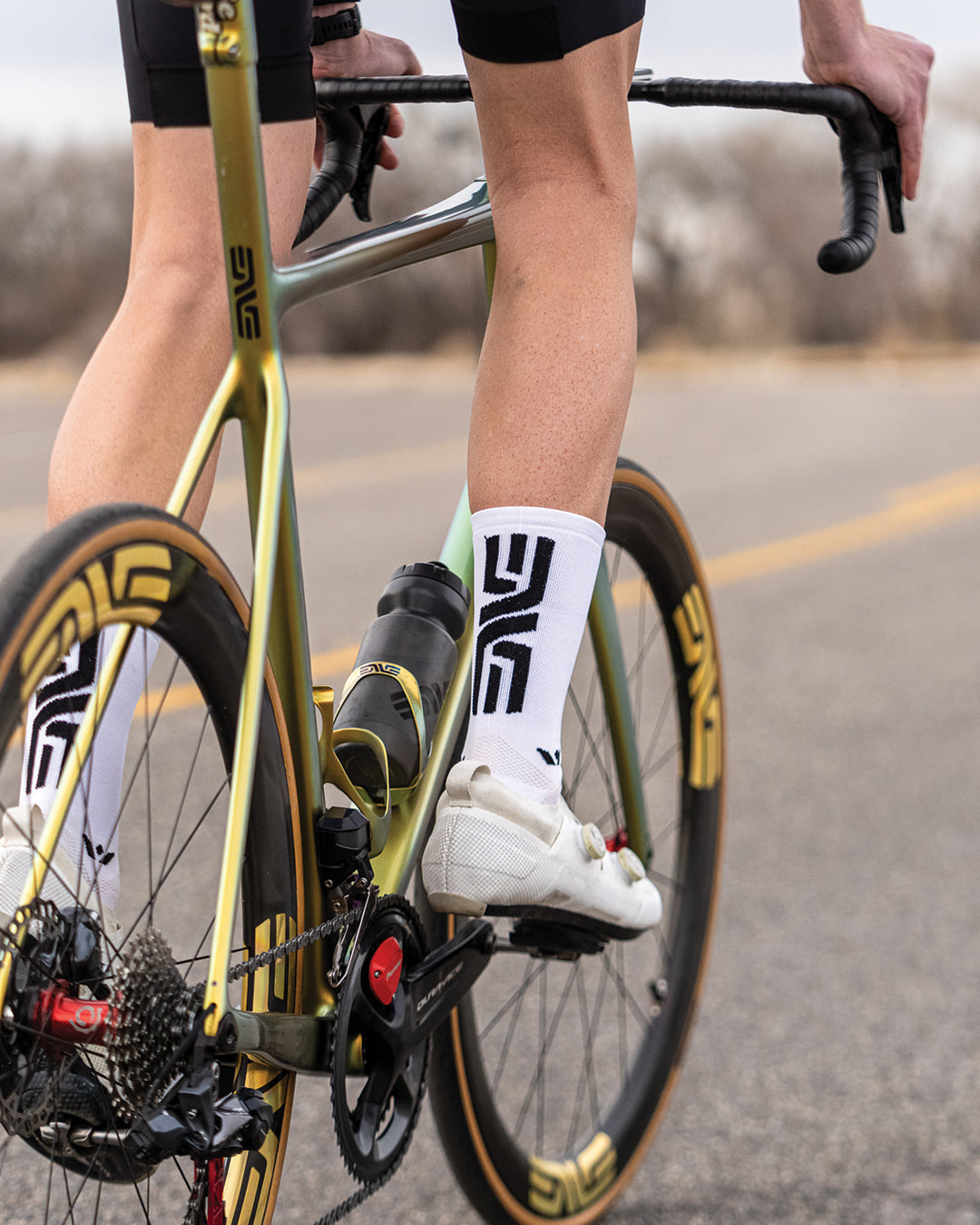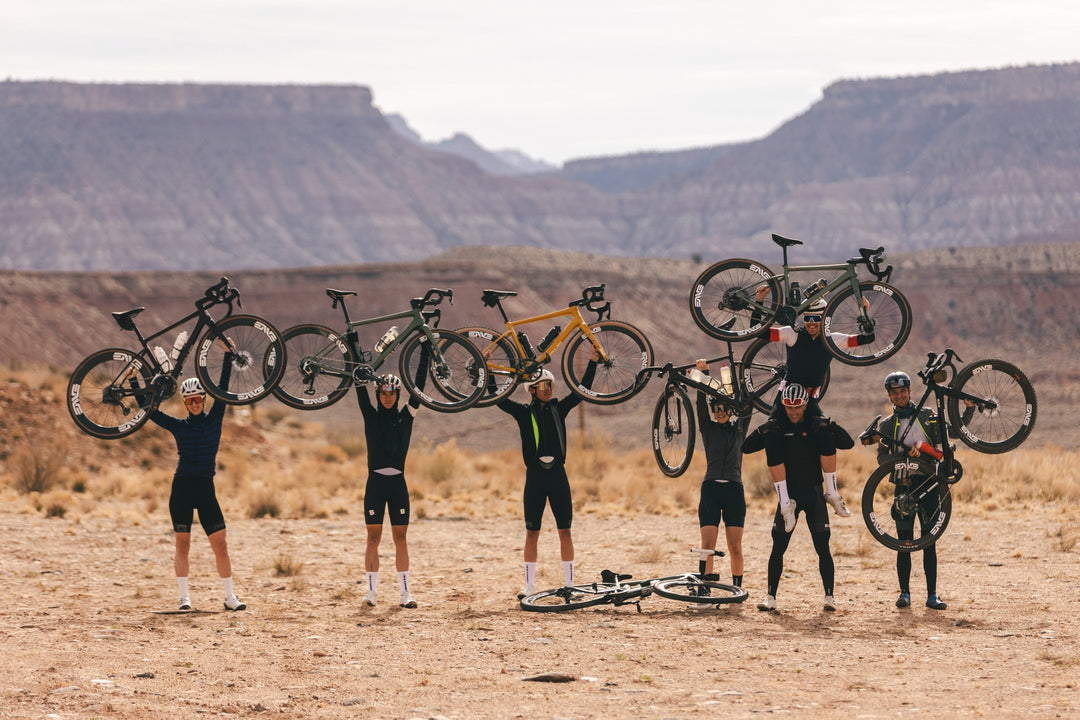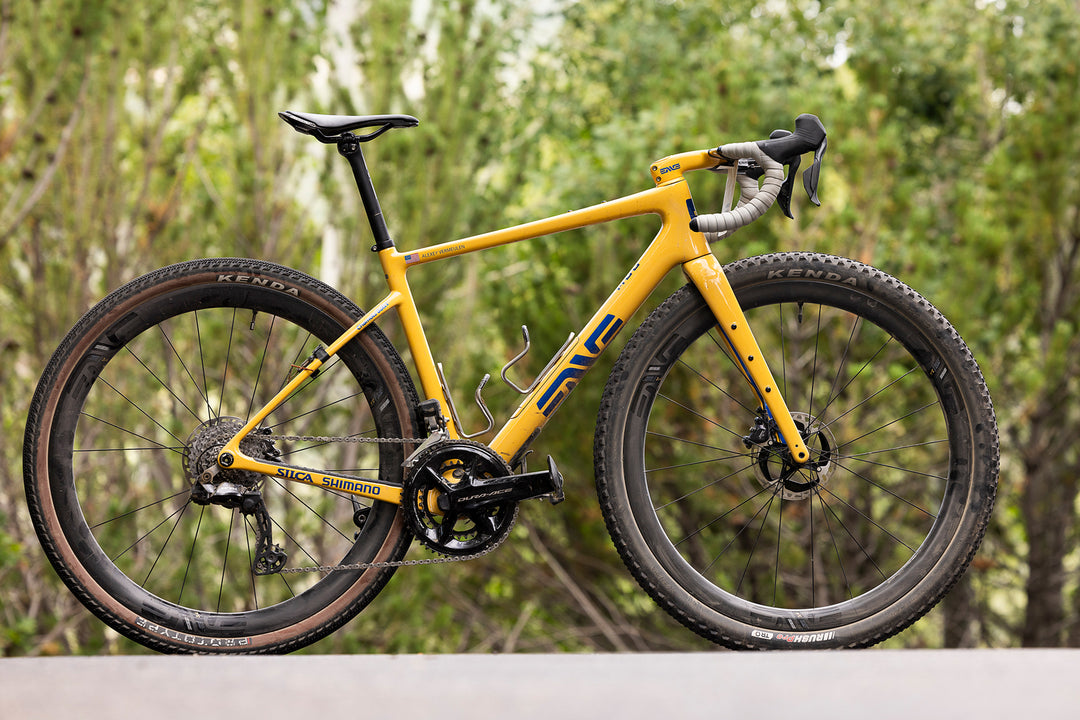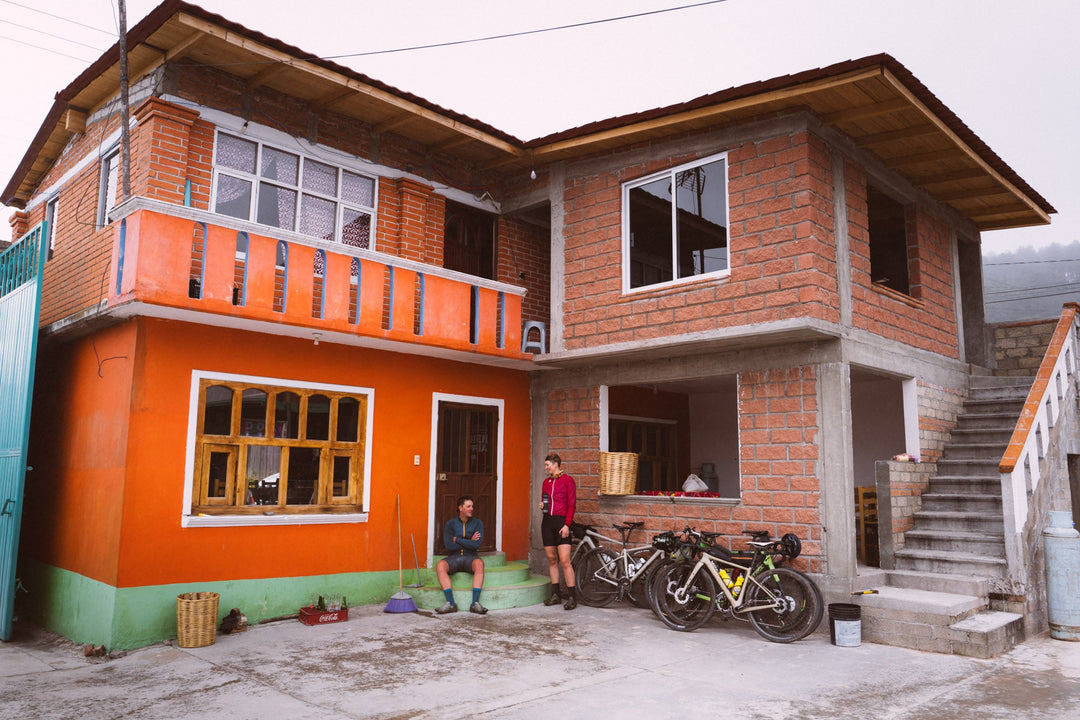1166 Prototypes – The M Series
If that number seems extreme or exaggerated to you, you’re not alone, we think that it sounded like a lot as well when our manufacturing team shared this data. At ENVE, every rim we manufacture has an accompanying “Traveler.” Think of a Traveler as a rim’s genealogy and birth certificate. Each rim has one and it tells us everything we need to know about the rim’s creation up until the day that it is logged into inventory. The data doesn’t lie… 1166 is the number of prototypes we produced to bring the latest M Series to market.
How did we get to that number? Let’s lay it out.
The M Series was developed to deliver the options you want, for how, where, and what you ride. Here’s what that looks like.

As you can see there are more options here to help you achieve that perfect ride than you’ll find anywhere else.
So let’s run the numbers.
M Series
• 4 Base Models (M5,6,7,9)
• 8 Total Unique Models (M525, M630, M635, M640, M685, M730, M735, M930)
• 16 Total wheel models once you create the two wheel sizes required for each model
• 12 construction prototypes on average, per model
• 6 rims per prototype x 12 (average) construction prototypes x 16 unique wheels = 1152

Here’s a look into how we got to that number and ultimately the latest M Series.
PROTOTYPING
Long before the final M Series shapes were chosen, there were many others that were not. In fact, here are a few of the modern M Series predecessors that didn’t make the cut, but inspired the final technologies baked into each M Series model.
THE “T-BIRD” RIM

What Worked
- Single-Sided Impact Toughness – Given the rim’s compliant single-wall design, the rim achieved excellent single-sided impact toughness. Our single-sided impact test replicates impacts that only impact one side of the rim. These impacts are commonly achieved in roots and rock-gardens. When impacted, the rim tends to “get out of the way” better than a double-wall construction.
- Tubeless Tire Pinch-Flat Reduction – This was our first prototype of the Wide Hookless Bead which made it into the final designs of the M525, and M6 Series wheels.
What Didn’t Work
- Double-Sided Impact Toughness – Our most promising prototype of this rim came in at a similar weight to our old M90 DH rim, but only produced “trail rated” double-sided impact results. The double-sided impact replicates square-edged hits like casing a jump, or hard g-outs. Essentially, this concept was too heavy for XC and Trail use, but not tough enough for Enduro and DH.
- Handling Characteristics – Given the weight of this rim, it also failed to deliver the precise handling characteristics we prefer. To achieve the handling characteristics we desired, weight had to be added, degrading ride quality.
- Pinch-Flat Protection – While sufficient for XC and Trail riding applications, the Wide Hookless Bead concept didn’t deliver meaningful protection for the extreme demands of enduro and downhill riders.
Main Takeaway – The single-wall design has merit, but cannot be scaled to meet the demands of all mountain bike disciplines. The single-wall design best lends itself as a medium duty all-mountain/trail wheel.
M Series Inspiration
- The increased width of the leading edge of the rim proved to help reduce pinch-flatting in XC and Trail applications.
- The ride quality of this rim was preferred over the M70 HV, as tested by internal test riders. This moved ride compliance up the “must have” list for the latest M Series.
THE “BUMPER-BEAD” RIM

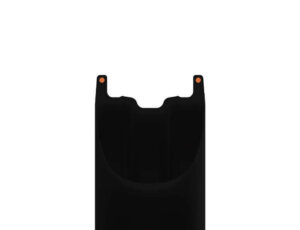

What Worked
- Tire and Rim Protection – When impacted, the leading rim edge would dent, preserving the greater rim structure and tire.
- Pinch-flat protection – Bead would dent so the tire couldn’t be pinched and cut by the rim.
What Didn’t Work
- Weight – Weight was suitable for DH applications only.
- Cosmetics – Nobody likes to see chips and/or dents in carbon rims.
Main Takeaway –These prototypes were developed for and later tested on the World Cup DH circuit. They eliminated pinch-flats and allowed the rim to dent vs. crack – successfully mitigating the propagation of damaged carbon fibers.
M Series Inspiration
- Elevated the desire for not just pinch-flat protection, but enlightened us to the reality that pinch-flat elimination was achievable.
THE “FLEX-WALL” RIM



What Worked
- Weight – The Flex wall rim’s construction allowed for a very lightweight structure.
- Ride quality – This prototype was rated highest by all ride testers for acceleration, tracking, cornering, braking, and comfort.
What Didn’t Work
- Pinch-flat protection – The carbon couldn’t be manipulated to flex in an appreciable or real-world-beneficial manner.
Main Takeaway – Localized flex-tuning of the carbon wasn’t sufficient to help reduce pinch-flatting, but it helped focus efforts towards different materials and rim shapes to accomplish the task.
M Series Inspiration
- The carbon laminates used for the construction of this concept rim helped to establish a foundation upon which the latest M Series was built.
At ENVE, we follow a “fail fast and iterate faster” design mantra. That is the beauty of US made. Because the entire process from conception to production happens under one roof, we can cut molds for new product concepts in days rather than months. We are able to make as many prototypes as we desire and laminate changes happen in real-time.
This is what happens within our walls everyday, and this is how the M Series sets the standard for modern mountain bike wheel performance.
THE FINAL M SERIES TECHNOLOGY
Throughout this development process, we honed in on the two new technologies that have redefined how our favorite pastime is played.
WIDE HOOKLESS BEAD
(Found on M525, M630, M635, M640, M685, AM30, G Series G23, G27, SES 3.4 AR, ENVE 45, and ENVE 65)

- Light-weight pinch-flat reduction technology for riders and racers who require uphill efficiency and downhill toughness
PROTECTIVE RIM STRIP
(Found on M730, M735, and M930)

- Complete pinch-flat protection, without the requirement of DH rated tires or tire inserts.
- For gravity oriented riders and racers.
So why all the excitement about pinch-flat protection? Well first, with nearly a decade’s worth of World Cup racing under our belts, a common thread among the majority of broken rim reports was a flat tire, in most cases a pinch-flat. When you lose the air pressure from your tire, you lose your number one protection against rim-strikes, and the rim becomes exposed to impacts it would otherwise be protected from.


By reducing and eliminating pinch-flats, we are able to further refine the rim’s carbon fiber laminate for more balanced performance as opposed to an asymmetric focus on impact toughness. In addition, our anti-pinch-flat technologies eliminate the need for cumbersome tire-inserts or heavier-than-preferred tires, saving weight, money, and giving you more time to ride the bike in complete confidence.
LIGHTWEIGHT, SMOOTH, FAST
The new M Series solves more than the flat tire and damaged rim dilemma, it also addresses wheel stiffness. With the first generation of M Series, a stiffer rim structure was required to compensate for lackluster bracing angles of non-boost wheel builds on new-at-the-time, large diameter wheels (27.5” rims were brand new to the industry and 29” rims had still not reached widespread adoption). Today, boost is the standard and wheels no longer suffer the flex problems that existed before. As such, each carbon rim in the new M Series has been designed to be lighter than its predecessor, as well as more vertically compliant – aka more comfortable. This allows for more responsive acceleration, and lessens rider fatigue over rough terrain, assuming that tire pressures are set appropriately. Which leads us to our next discussion.
TIRE PRESSURE
To put it bluntly, tire pressure is king. Get it right, and you’ll ride like a superhero. Get it wrong, and you’ll feel like you’ve lost your mojo. Unfortunately, out of habit or necessity, many riders are still running tire pressures that are much higher than required for optimal ride feel, protection and performance. When we ask people why they are running these high pressures, the responses are typically:
- “The higher pressure prevents me from pinch-flatting”
- “I’ve always run this pressure”
- “I don’t want my carbon rim to strike the ground”
These types of responses are just three reasons why ENVE anti-pinch-flat technologies, the Wide Hookless Bead and Protective Rim Strip, are changing the way our favorite sport is experienced. These technologies prevent pinch-flats, eliminating the need to run overly high “preventative” tire pressures.
Running the right tire pressure when paired with technology that protects both tires and rims results in a ride experience executed in confidence without limitations.

SUMMARY
As the battle for the carbon mountain wheel aftermarket reaches fever pitch, many carbon wheel brands have resorted to price and warranty to differentiate themselves, while the ENVE M Series continues to stand alone on a foundation of innovative new technologies that improve the ride experience.
The M Series’ benchmark status is the result of countless failures, hours of testing on the trail, in the lab, and ultimately 1166 prototypes.


